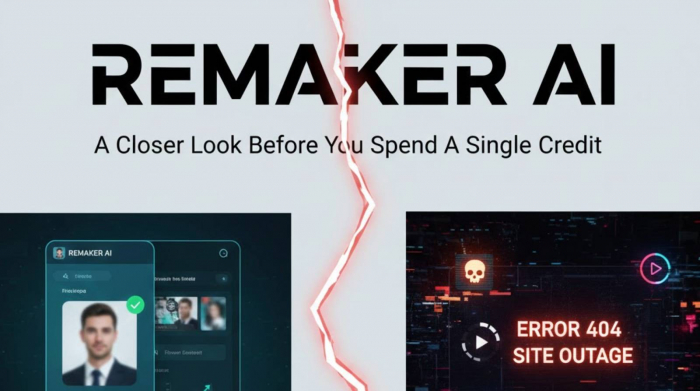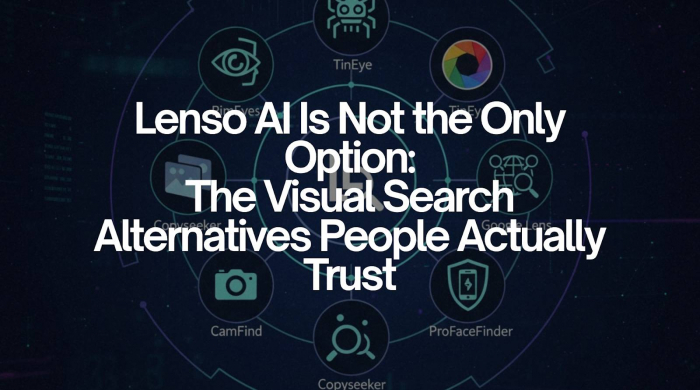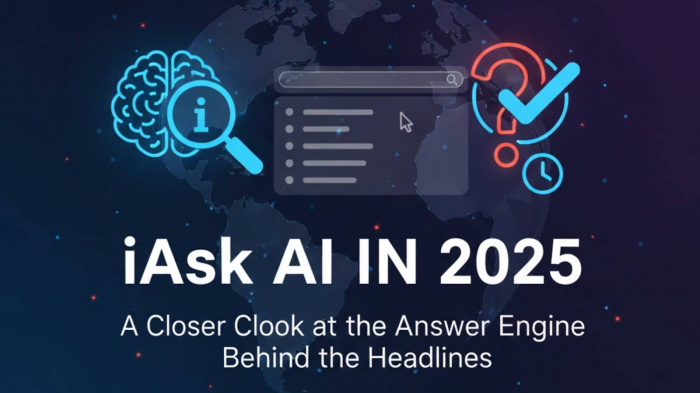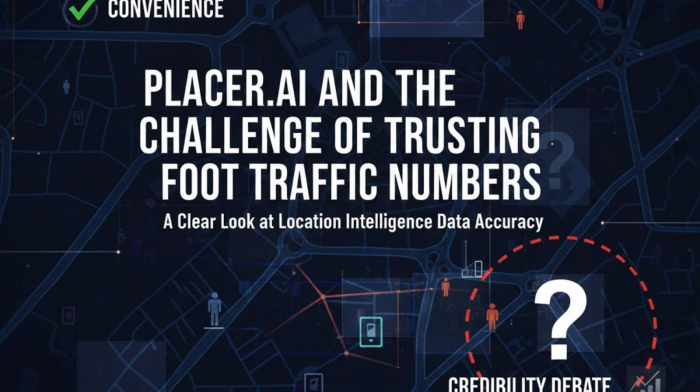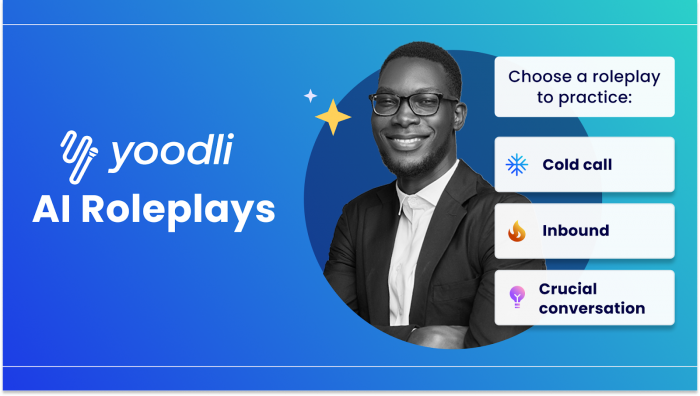Table of Content
- Why the Demand for AI Humanizers Is Rising
- Uncheck AI’s Role in the AI Writing Ecosystem
- How Uncheck AI Claims to Achieve Undetectability
- Performance Across Detection Platforms
- Evaluating the User Experience
- Cost and Accessibility of Uncheck AI
- Limitations Beyond the Marketing
- Broader Implications of Tools Like Uncheck AI
- Alternatives and Competing Approaches
- The Future of AI Humanization and Detection
- Conclusion: Where Uncheck AI Stands
Artificial intelligence has changed the way people write, study, and create content. But with this change comes scrutiny. Schools, publishers, and companies now deploy AI detectors such as Turnitin, GPTZero, and Originality.ai to verify whether text was written by a human or a machine. These tools, while useful, are not flawless—sometimes mislabeling genuine work as AI. In this climate of anxiety, Uncheck AI has emerged, branding itself as an “undetectable AI humanizer.” This article examines what it does, how it performs, and what its broader impact might be.
Why the Demand for AI Humanizers Is Rising
The surge of AI detectors has reshaped education and content production. Turnitin alone processes hundreds of millions of documents every year, with a significant portion showing traces of AI assistance. False positives, while not common, are enough to spark fear among students and professionals—being wrongly accused of misconduct can carry lasting consequences.
This environment has fueled the rise of AI humanizers: tools designed to rewrite machine-generated text so it appears more natural, less formulaic, and, ideally, passes undetected. Uncheck AI stands as one of the most widely discussed names in this emerging category.
Uncheck AI’s Role in the AI Writing Ecosystem
Uncheck AI positions itself not as a replacement for AI writing, but as a shield against detection. Its purpose is to re-engineer AI text so it aligns more closely with human patterns. In the larger ecosystem, it sits between AI generators like ChatGPT and the verification systems like Turnitin. It reflects the ongoing “arms race” between creators seeking efficiency and institutions seeking authenticity.
How Uncheck AI Claims to Achieve Undetectability
Uncheck AI offers several core functions that define its appeal:
- Multiple rewriting modes – Instant, Advanced, and Precise, each adjusting text with varying levels of change.
- Watermark removal – A controversial feature claiming to erase hidden AI signatures sometimes embedded in generated text.
- Multilingual capabilities – Expanding its use beyond English, where detectors can be weaker.
- SEO-oriented adjustments – Rewrites meant to maintain keyword balance and readability for web publishing.
The combination of these features suggests a holistic attempt to make AI content harder to trace, while keeping it usable across different contexts.
Performance Across Detection Platforms
The critical question is not what Uncheck AI claims to do, but how well it performs. Independent testing shows inconsistent outcomes:
- Against advanced detectors such as Originality.ai, rewritten text often remains flagged as AI, even if the “human-likeness” score improves slightly.
- GPTZero and Turnitin show mixed responses—some users report successful bypassing, while others experience detection with little change.
- In many cases, Uncheck AI’s rewrites improve surface readability but fail to disguise the underlying statistical patterns detectors use.
This variability means results can’t be guaranteed. For anyone facing academic or professional stakes, such inconsistency is risky.
Evaluating the User Experience
From a usability standpoint, Uncheck AI is straightforward. Its interface is clean, processing is quick, and options are simple to navigate. However, there are trade-offs:
- Light rewrites may only swap words, leaving deeper structural cues unchanged.
- Heavy rewrites can introduce awkward phrasing or reduce clarity.
- Free usage is limited, restricting meaningful testing before committing to paid plans.
- Some users report confusion around billing and subscription limits.
The experience is smooth on the surface, but not without frustrations in practice.
Cost and Accessibility of Uncheck AI
Uncheck AI provides a free tier with small word limits and then scales into paid tiers that promise faster processing, higher limits, and more advanced rewriting options. The appeal of affordability is offset by two concerns: whether the tool’s bypass effectiveness justifies its cost, and whether subscription terms are as transparent as users expect. For casual testing, the free plan suffices, but serious reliance requires financial commitment without guaranteed results.
Limitations Beyond the Marketing
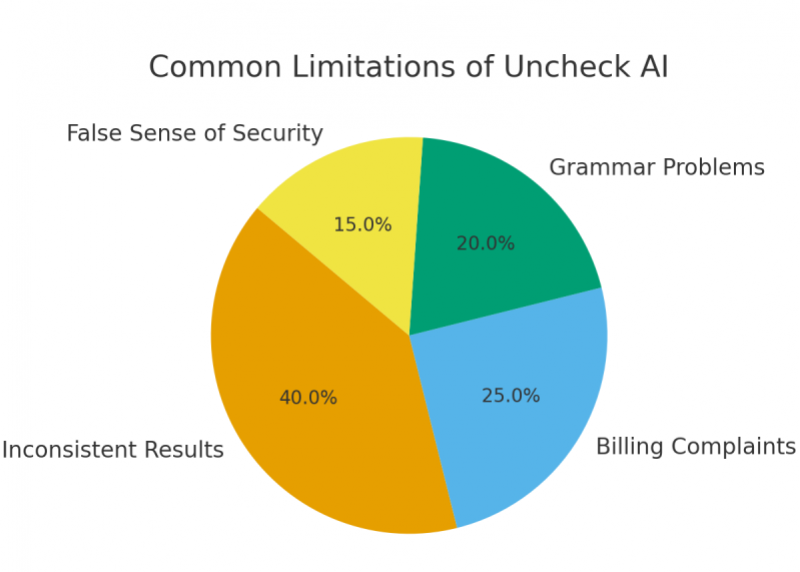
Despite bold promises, several shortcomings stand out:
- Inconsistent detection bypass – The main selling point often falls short in rigorous tests.
- Shallow rewrites – Many outputs feel more like synonyms than true transformations.
- Overconfidence – Users may assume “humanized” text is safe, only to face detection later.
- Trust issues – Complaints about billing and refunds suggest business practices may need tightening.
These limitations highlight the gap between marketing and measurable reliability.
Broader Implications of Tools Like Uncheck AI
The existence of Uncheck AI and similar platforms raises bigger questions:
- Academic integrity – Should bypassing detectors be considered cheating, or a response to flawed systems that sometimes mislabel real human work?
- Professional trust – In business, credibility is often more important than passing a machine test.
- SEO reality – Search engines prioritize useful, original content. Bypassing detectors adds no direct SEO benefit if the content lacks value.
Ultimately, tools like Uncheck AI represent a band-aid solution to a deeper conflict between technological surveillance and human creativity.
Alternatives and Competing Approaches
Instead of masking AI writing, other approaches emphasize improving it:
- Editing software like Grammarly or Hemingway to polish tone and style.
- Hybrid writing practices, where AI drafts are blended with human voice and real-world examples.
- Transparent collaboration–acknowledging AI assistance openly, especially in non-academic contexts, to maintain trust.
These approaches aim to raise quality rather than obscure origins.
The Future of AI Humanization and Detection
The contest between detection tools and bypass tools resembles a constant chase. Detectors are advancing rapidly, using linguistic patterns, probability models, and even metadata. Bypass tools may keep pace temporarily, but their advantage is often short-lived.
Looking ahead, authenticity and credibility are likely to matter more than invisibility. Institutions and search engines alike are focusing less on “who wrote this” and more on “is this valuable?”
Conclusion: Where Uncheck AI Stands
Uncheck AI embodies the anxiety of the modern writing landscape. It offers speed, multiple rewriting modes, and the promise of undetectable text. Yet independent results show its success is inconsistent, and its reliance may create more risk than relief.
In 2025, Uncheck AI is less a final solution and more a symptom of the broader struggle between AI assistance, human creativity, and machine-driven oversight. For those considering it, the safest approach remains clear: use AI wisely, but rely on originality, context, and your own voice for lasting credibility.
Post Comment
Be the first to post comment!
